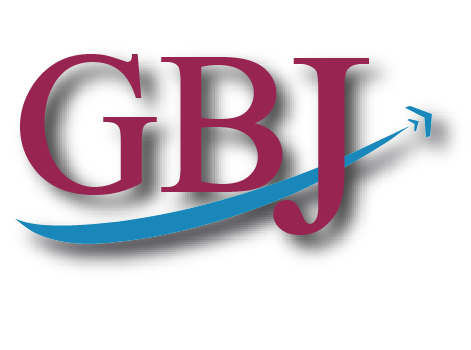Summer 2012: Business Aviation Market Trend Report
General Market Trends
The first half of 2012 was very similar for the US and European markets, with the former experiencing a 2.8% decrease in business jet traffic while the latter saw traffic decline by 2.7%.
Looking at information from Eurocontrol, we can see that the European market experienced a 1.1% decline in business jet traffic in June 2012, compared with June 2011, despite hosting two major sporting events. July saw the trend continue with a 3.5% decline over the same month last year.
According the data from the FAA summer has not been kind in the U.S. market either. Business jet traffic in the states saw decreases near 5% in both June and July, in comparison to last year. This represents a substantial decline over last summer and may be a result of election year insecurities. We’ll be keeping an eye on the figures to see how business jet traffic in the U.S. fares as the country progresses towards its presidential election in November.

When comparing market trends for the U.S. and Europe it’s interesting to note that the two markets differ substantially in actual traffic patterns. During a normal year actual flight movement in Europe peaks in the months of June, July and August, while U.S. movement patterns remain relatively stable throughout the year.
While the United States doesn’t experience any actual traffic peaks there is a fluctuation of approximately 10% between higher and lower traffic periods. On the European side of the Atlantic, however, the peak month of July accounts for nearly 50% more flight traffic than in the low movement months of January and December.
For those of you that follow our Demand Index throughout the year it may seem a contradiction to say that December represents a low point during the year while July represents a high. This discrepancy is the result of flight pattern differences between the two months. July represents the European peak for actual flight movements and is characterized by a large number of short flights. In contrast December represents a low number of actual movements, but those flights that do take place are generally of the high-ticket, long haul variety.
August: The light at the end of the tunnel?
